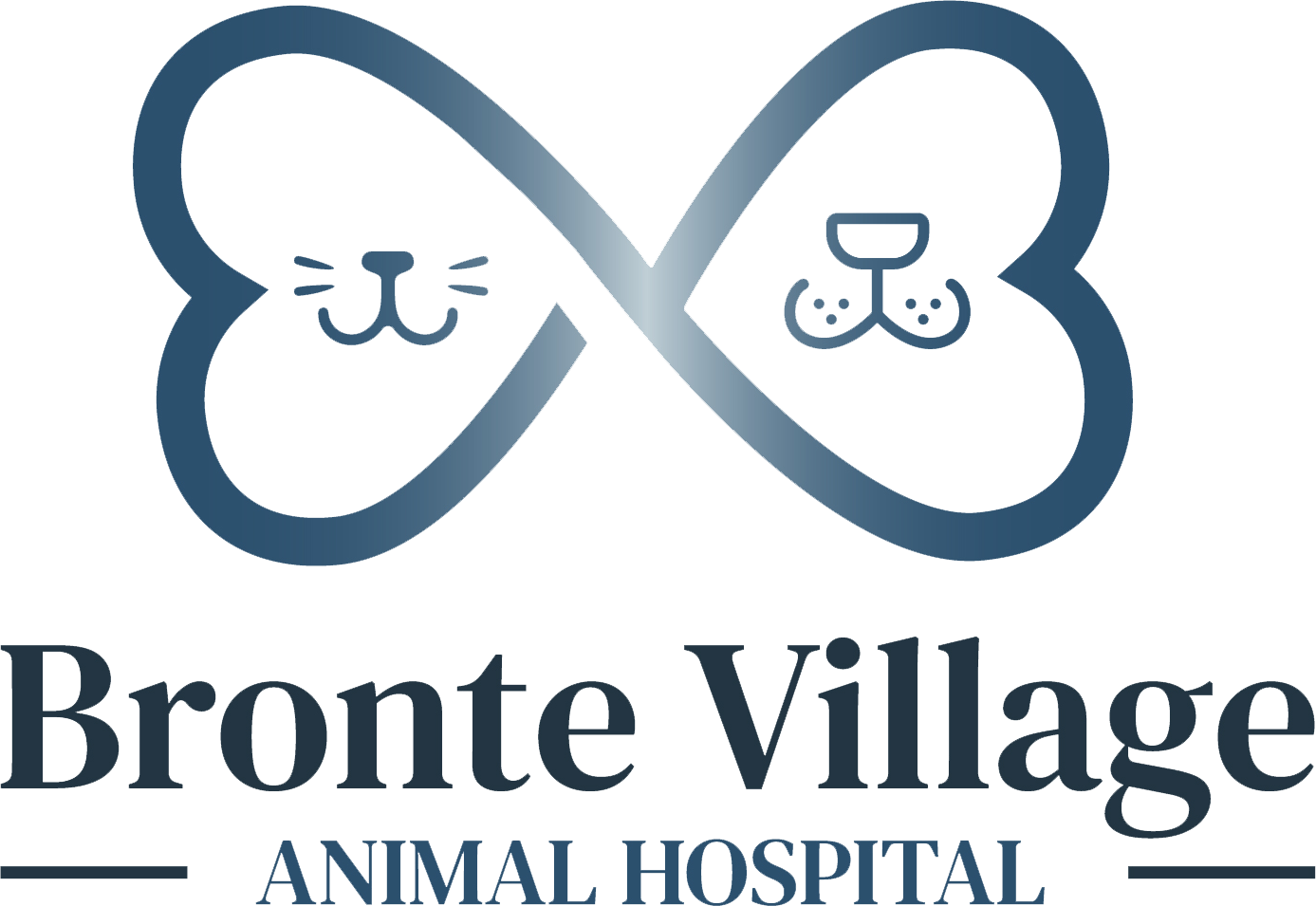Resources
Dry Food vs Canned
Despite What Internet Photos Might Suggest, Fat Cats Aren’t Funny!!
And really, who are we to talk to? If you’ve ever visited the hospital during non-appointment hours and have seen our resident posse waddling around, you know we’re struggling with this issue just as much as many of our clients. So what are we, and most of everyone else, doing wrong?
Feeding dry food!
Yep. Dry food is the worst thing that ever happened to cats. It’s super convenient for humans but super fattening for cats.
The only carbohydrates cats were designed to ingest were whatever seeds/grains/vegetation were left in their prey’s stomach. Which, considering the size of your average mouse, isn’t very much.
And so cruising up to the all-you-can-eat dry food buffet at all hours has perpetuated an epidemic of obesity in our feline friends.
The not-so-simple solution is to feed a primarily canned diet.
Interesting (slightly gross) factoid: Do you know what makes dry food attractive to cats? I mean, really, it’s not like cats in the wild voluntarily gnaw on twigs or wood chips! It’s because the kibbles are coated with something called “animal digest,” which is basically just a flavour dust. And in your lesser-quality dry foods, the ingredients of the source are rather dubious.
So yeah, we get it. We understand how hard it is to ease our feline chums off the “kitty-crack” that is dry food. And in reality, a little bit of high-quality dry food isn’t the end of the known universe for your cat. The trick is to not implement the bottomless bowl approach and NOT to offer dry food before you offer canned food. The lure of the mouth-watering flavor of dust is just too much to resist.
Please feel free to contact us if you have any questions regarding how to transition your kitty to canned food.

